Give Me One Minute
One minute is all you need to find out if your child might be at risk for lead poisoning. Take our quick quiz, and learn whether your child should be tested.

LEAD RISK QUESTIONNAIRE
Question 1/8
Question 2/8
Question 3/8
Question 4/8
Question 5/8
Question 6/8
Question 7/8
Question 8/8
Results
Medicaid, CHP+, and CICP require lead screening tests at 12 and 24 months.
Ask your health care provider to test your child for lead at their 1 and 2 year check-ups, or at their next visit if they haven't been screened before. Your child’s health care provider covers this test — for free.
If your health care provider checks your child's blood for lead and finds out it is high, the provider can tell you about treatments.
Results
Your child likely has not come into contact with common sources of lead. However, if you still have concerns or want peace of mind, contact your child’s health care provider for a lead test.
Lead Poisoning: The risks and results of childhood exposure to lead
Coloradans can be exposed to lead from a variety of sources in their homes and environments.
Lead builds up in the body over time, and repeated exposure can lead to health problems. Infants and young children whose nervous systems are developing are at the highest risk of lead poisoning.
Sources of childhood lead exposure include:

Home remedies, foods, and spices
Lead is present in certain foods, spices, cosmetics, and home remedies. Despite its presence, it is impossible to know whether products contain lead simply by looking at or tasting them. Getting a blood lead test is the only way to know if you have been exposed. Visit the link above to learn more about what products may contain lead and how to prevent exposure.
Soil
Lead-containing soil or dust that is tracked into the home
The soil you come into contact with every day may contain heavy metals, such as lead, that can get into your body by accidentally eating or breathing in dirt and dust particles. Heavy metals are naturally found in soil but can also come from sources such as chipping lead-based paint on older homes. Visit the link above to learn more about preventing lead exposure from soil around your home and community.


Construction, mining, welding or plumbing
You can be exposed to lead at work by breathing it, swallowing it, or even absorbing it through your skin. Although using lead paint was banned in 1978, lead as a metal is still commonly used in construction, mining, and manufacturing. A person working with lead may have lead dust on their clothes or personal items when returning home, putting members of their family at risk. Visit the link above to learn more about lead in the workplace and how you can protect yourself.
Lead in hobbies
If you use products or materials that contain lead in your hobbies, you are more likely to come into contact with lead. Those who have come into contact with lead during these hobbies can bring it home with them in the form of dust, which can be tracked onto carpets, floors, furniture, and other surfaces that a child may touch. Visit the link above to learn more about hobbies that may expose you to lead. If you believe you or your child has been exposed to lead, get a blood lead test.
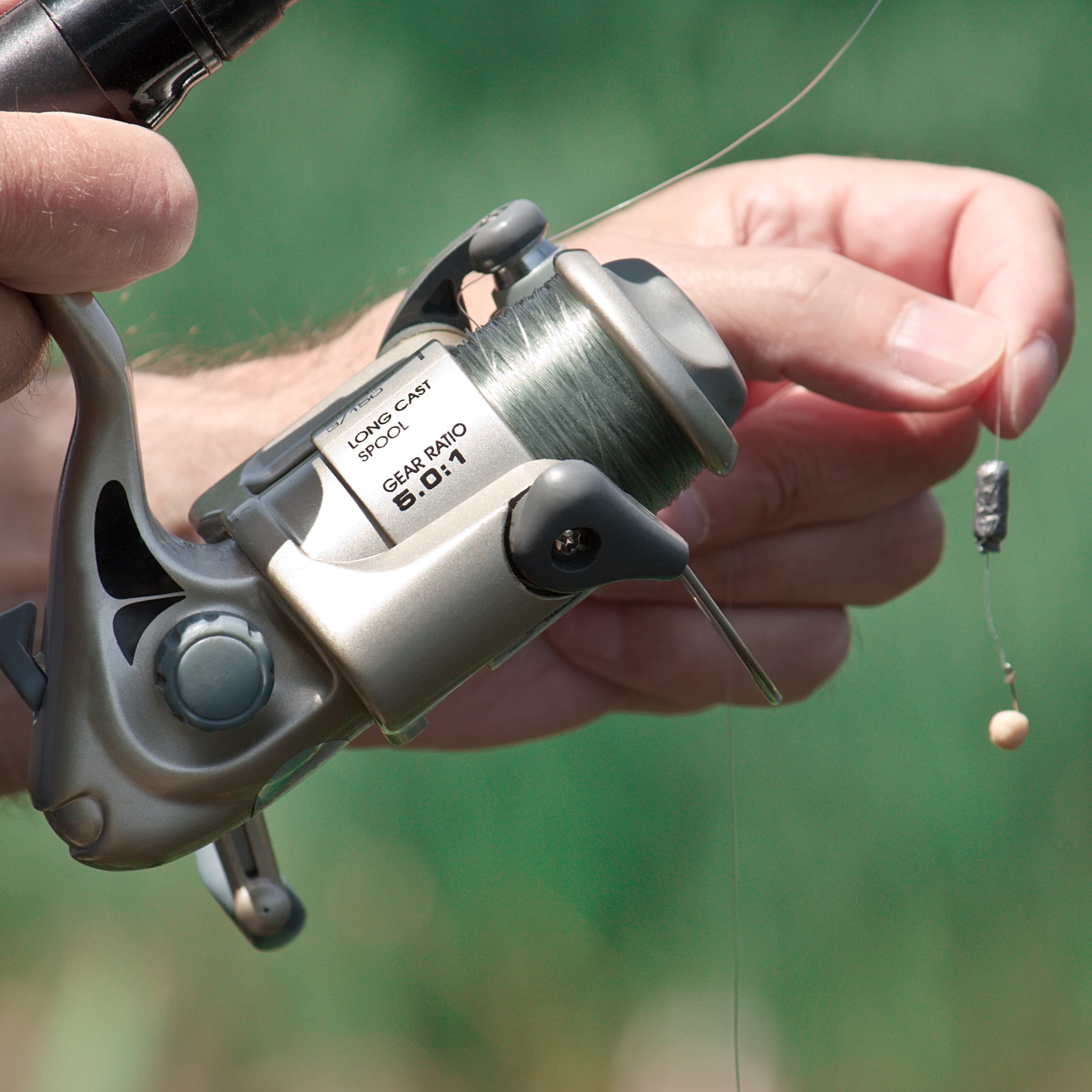
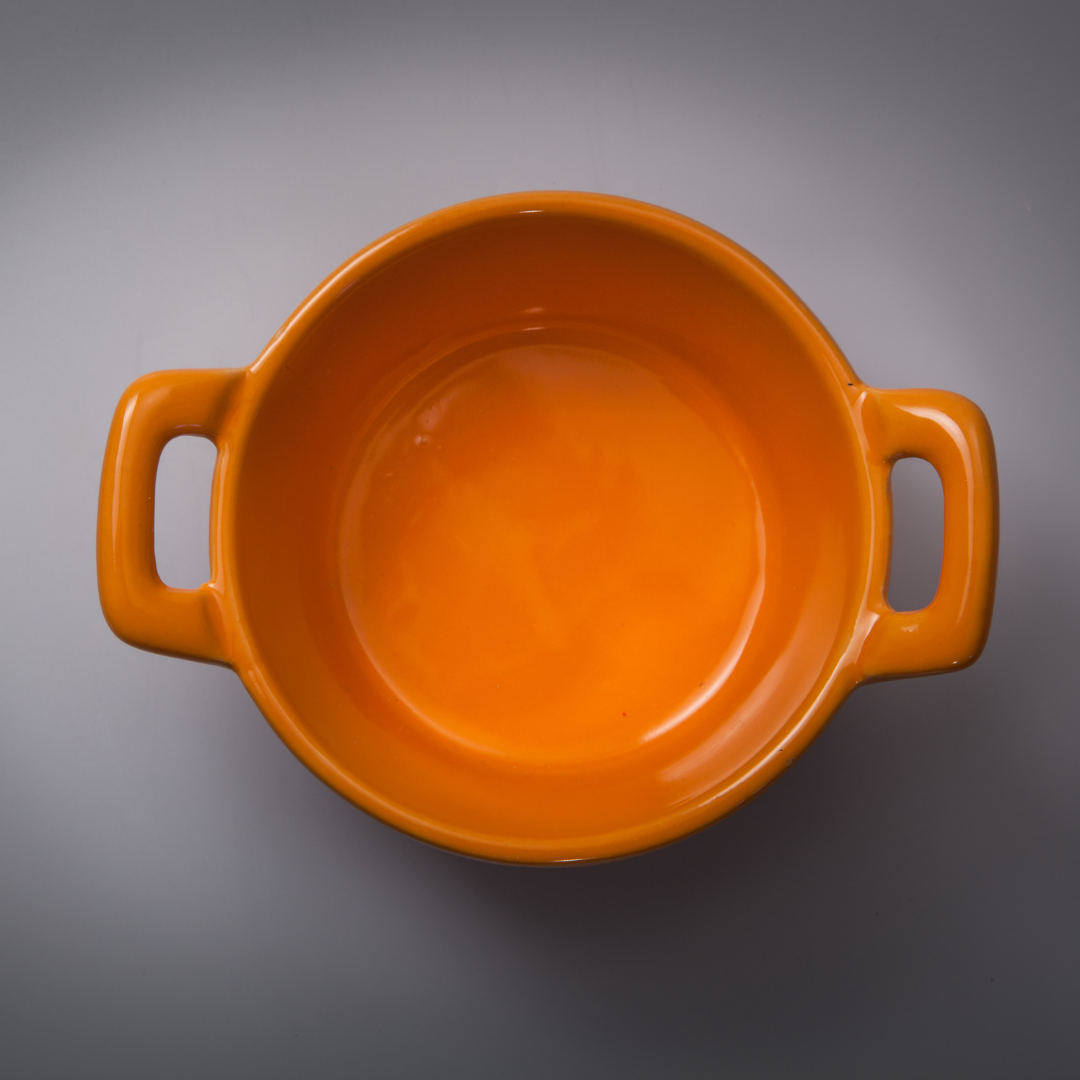
Lead in pottery
Imported, glazed pottery that may be used for cooking
Traditional pottery and other forms of ceramics used to hold food or liquid must be glazed. These glazes may contain lead. When the glazed pottery or ceramics are heated up or contain hot contents, the lead can be absorbed into the food or liquid. Visit the link above to learn more about the presence of lead in traditional pottery and what precautions you can take.
Lead in paint
Lead-based paint in homes built before 1978 and imported toys
Homes built before 1978 may contain lead-based paint. When the paint peels and cracks, it makes lead paint chips and dust, which can cause lead exposure for young children. Lead exposure happens quickly if a child swallows something with lead, such as a paint chip. Visit the link above to learn more about lead-based paint and how to prevent exposure.
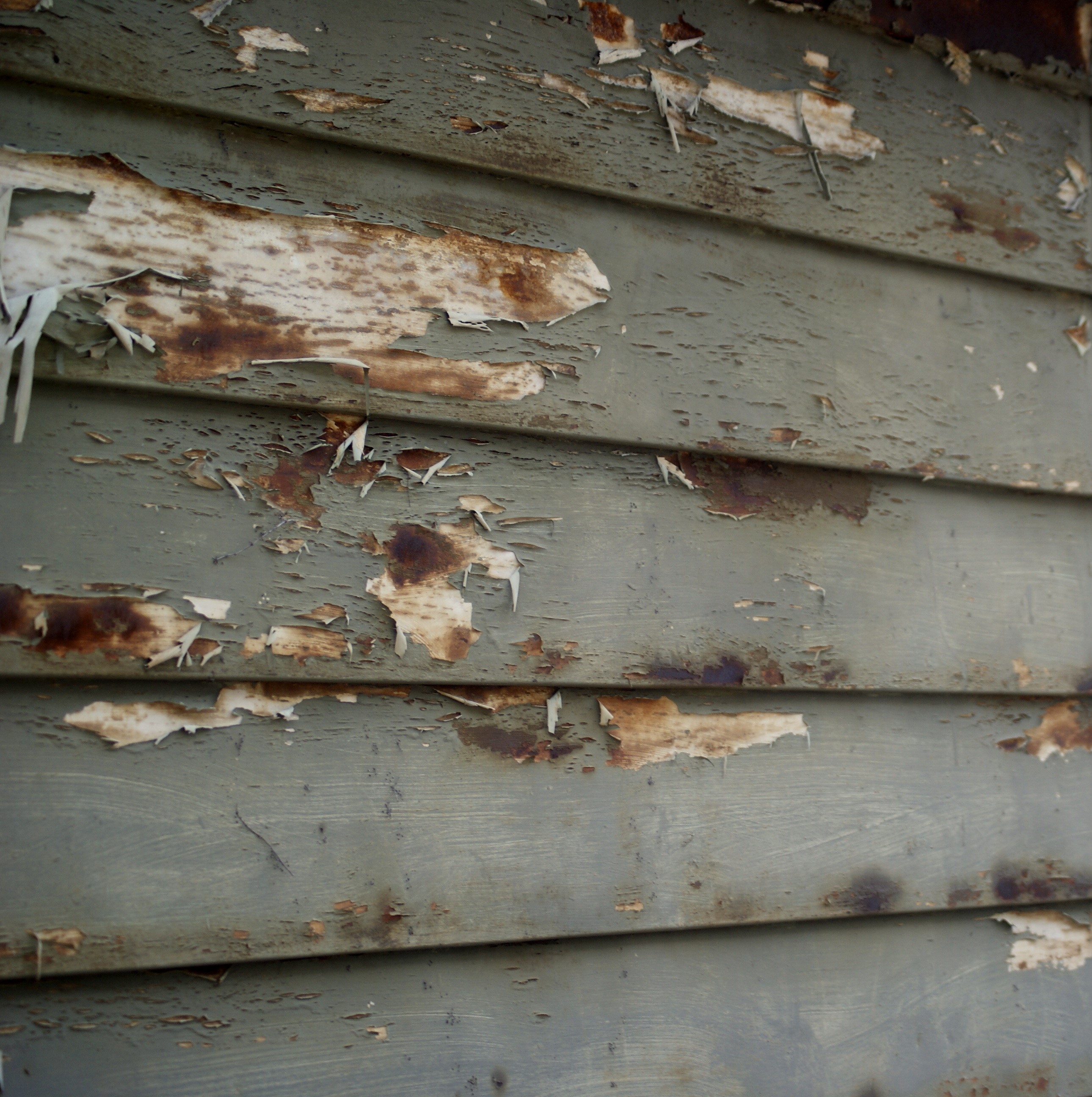
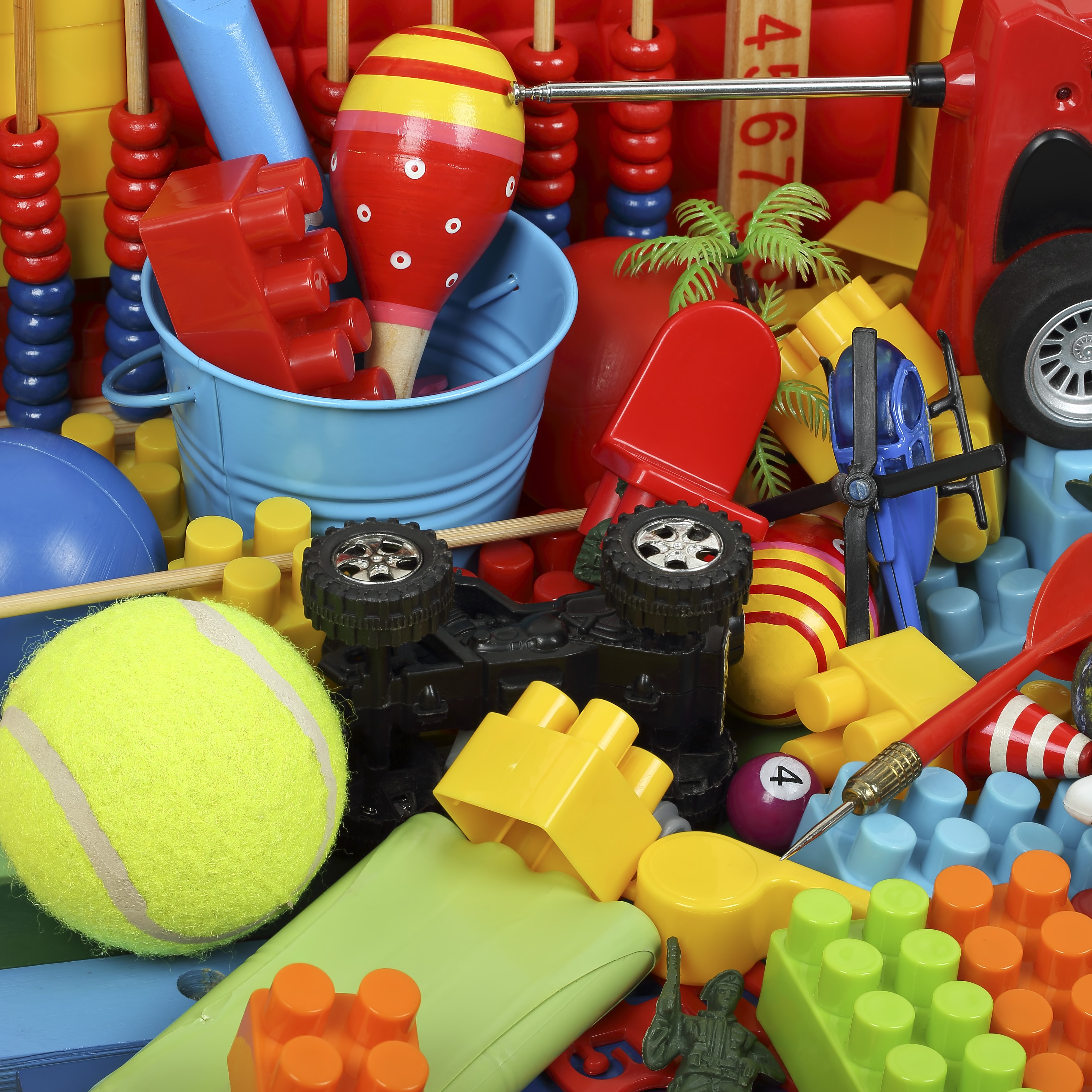
Lead in children’s toys
Lead can be found in some consumer products that are imported into the United States or collectible items and toys that have been passed down through the generations. Visit the link above to learn more about what toys or products to avoid and what steps to take if you have vintage or recalled toys in the home.
Lead in water pipes
Water in pipes from homes built before 1986
Certain pipes that carry drinking water into the home may contain lead. Household plumbing fixtures, welding solder, and pipe fittings made before 1986 may also contain lead. Visit the link above to learn more about what to look out for in pipes, as well as how to request testing and reduce your exposure to lead in drinking water.
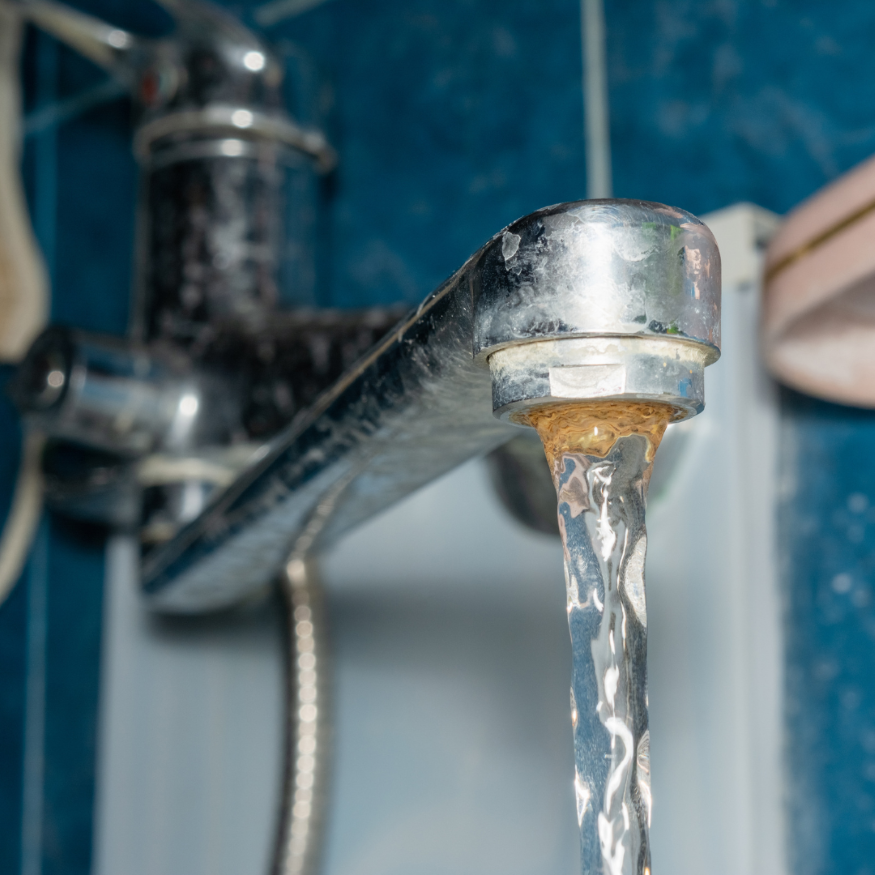
Learn more about what you can do to reduce your family’s risk of exposure to lead. You can also find out about how to get yourself, your child and your home tested for lead using the resources below.

Getting your child tested
Choosing to get your child tested for lead is an important way to ensure your child stays healthy and develops appropriately. Lead testing for children may look different depending on where you live and what tests are available at the time of testing. Contact your child’s health care provider to find out how to schedule a lead test.

Resources
To learn more about lead poisoning risks, effects, and testing, check out the following resources:
About CCLPPP
The Colorado Childhood Lead Poisoning Prevention Program (CCLPPP) focuses on identifying children at risk for lead poisoning and ensuring they get tested. The program also supports local public health in preventing, assessing and reducing lead exposures, and helping Coloradans access treatment when needed. The Colorado Childhood Lead Poisoning Prevention Program (CCLPPP) is a part of the Colorado Department of Public Health and Environment (CDPHE).
